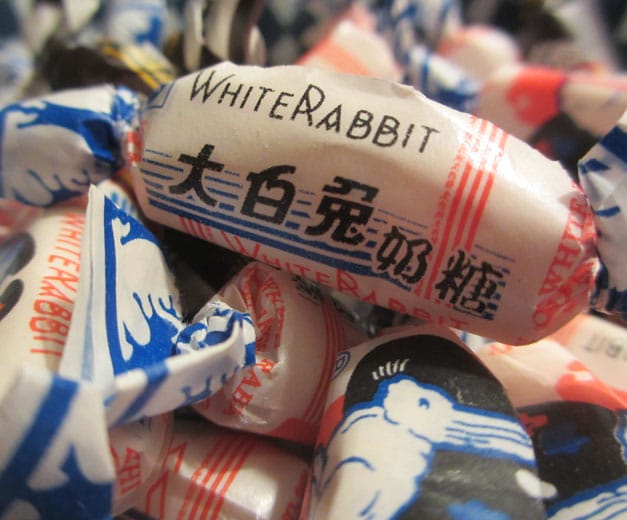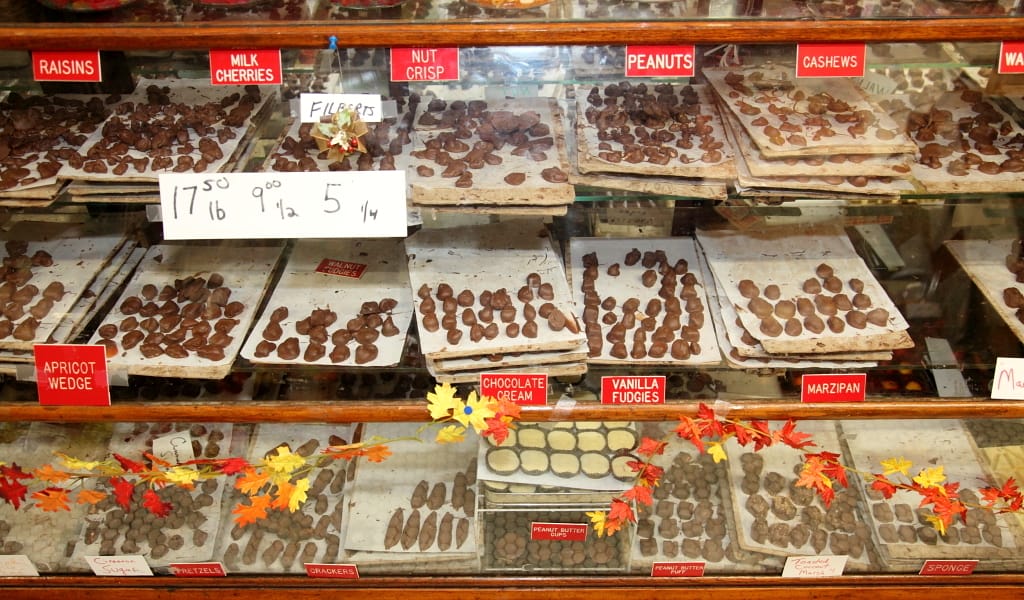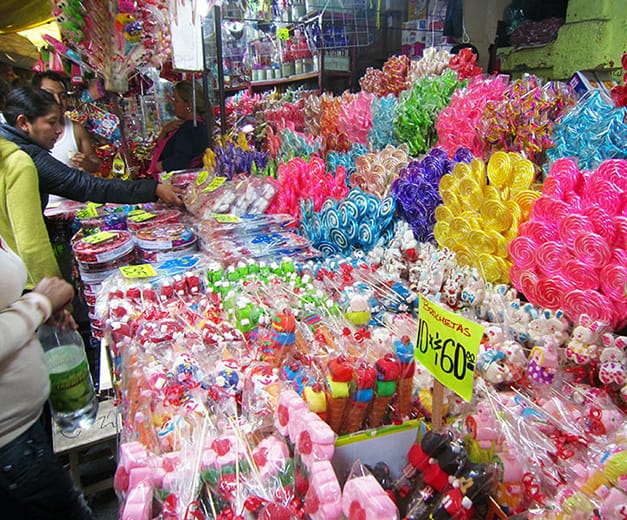Editor’s note: For our second installment in Sweets Week, we go to Shanghai, birthplace of one of China’s most beloved candies.
In a country not known for its candy-making culture, Shanghai holds the singular distinction of being the birthplace of one of China’s most iconic sweets: White Rabbit (大白兔, dà báitù).
The milky, vanilla-scented chew first appeared in Shanghai circa 1943, when a Chinese merchant returning from England re-created a version of the milk candies he had tasted abroad. It is one of the country’s few brands to have survived the Communist Revolution. Manufactured at the Aipixi Candy Factory, it was first named Mickey Mouse Sweets and emblazoned with a picture of its namesake rodent. When foreign symbols were being demonized and washed from the public sphere in the 1950s (and the government acquired the private firm), the logo changed to the current cheeky cartoon bunny, designed to resemble Chinese brushstrokes.
The humble sweet went on to become part of the leaders’ lexicon. In 1959, the candies were handed out as gifts for the 10th National Day of the People’s Republic. In 1972, Premier Zhou Enlai gave them to President Nixon during their pivotal meeting. Even today, especially for October Holiday, Chinese New Year and celebrations such as weddings and births, White Rabbits are a constant presence.
Despite such illustrious roots, the candies themselves are rather inane in flavor; the white tubes – made mostly of cornstarch, cane sugar, butter and milk – are lightly sweet and creamy with a texture reminiscent of a Tootsie Roll. Perhaps the most distinctive part lurks right beneath its waxy wrapper, where a bit of near-translucent paper hugs the sticky candy. Those new to White Rabbits will spend a lot of time trying exasperatedly to detach this paper as it disintegrates into smaller and smaller pieces. However, Chinese children know the joys of allowing the sheet of sticky rice paper to melt on the tongue like a starchy snowflake.
White Rabbit hit a setback to its reputation when the 2008 melamine scandal – baby formula was found to have been laced with the chemical – exploded and its parent company, Bright Dairy, was among the offenders. Listed as tainted, White Rabbit – sold in more than 50 countries – was yanked from the shelves, its reputation sullied. This was a major disappointment for local consumers, who long thought of the candies as nutritious for children (because they’re made with milk).
Aside from the scandal, White Rabbit also has to contend with the changing palates and interests of consumers. The familiar blue, white and black packaging is no longer ubiquitous in convenience marts and grocery stores, as the snack aisles are slowly being taken over by Dove bars, Snickers and UHA fruit chews. To try to compete, new flavors of White Rabbit have been introduced, including lychee, corn and chocolate. The most successful are salty plum and – our personal favorite – black sugar, which gives the chewy candy a nutty, almost rummy depth. While perhaps the world is passing White Rabbit by, it will always have a special place in the hearts of the Shanghainese and make a great present to bring back for co-workers, family and friends.
You can find White Rabbits at any Lianhua Supermarket, Carrefour or Tesco, though they may be on the bottom shelves.
For an update on this classic candy, head to Jiangnan fine-dining restaurant Yong Yi Ting at the Mandarin Oriental, where talented Shanghainese chef Tony Lu whips up White Rabbit ice cream (38 RMB) to die for, turning the chewy little blocks into something altogether more indulgent and grown-up – yet still tapping into those iconic childhood flavors.
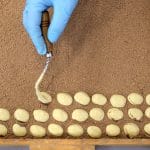 November 26, 2020 Catànies Cudié
November 26, 2020 Catànies Cudié
In 1949, when the patisserie that Josep Cudié had been working at as head pastry chef […] Posted in Barcelona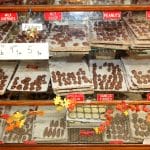 November 21, 2017 Schmidt’s Candy
November 21, 2017 Schmidt’s Candy
The charming sign outside Schmidt’s Candy speaks eloquently, especially when we look […] Posted in Queens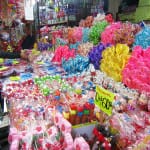 February 15, 2016 Market Watch
February 15, 2016 Market Watch
A market with a million stories, the Mercado de la Merced lies sprawling across some 12 […] Posted in Mexico City
Published on November 18, 2014
Related stories
November 26, 2020
BarcelonaIn 1949, when the patisserie that Josep Cudié had been working at as head pastry chef for a decade closed, his wife, Antonia Salleras, encouraged him to stop working for others and start working for himself. “Since you’re the creator of all these chocolates,” she said, “why don’t you just open your own business, making…
November 21, 2017
QueensThe charming sign outside Schmidt’s Candy speaks eloquently, especially when we look closer. The words “home” and “made” frame a tall glass candy jar; we notice the slight irregularity of the brushstrokes, and we see that the candy jar is a bit lopsided, as are the colorful candies inside it. Obviously the sign was painted…
February 15, 2016
Mexico CityA market with a million stories, the Mercado de la Merced lies sprawling across some 12 blocks in Mexico City, offering a mind-boggling array of goods, as it has for centuries. Operating in the northwest corner, next to the 17th-century Santo Tomás Apóstol La Palma church, is a 67-year-old association of dulcerías – purveyors of…







































